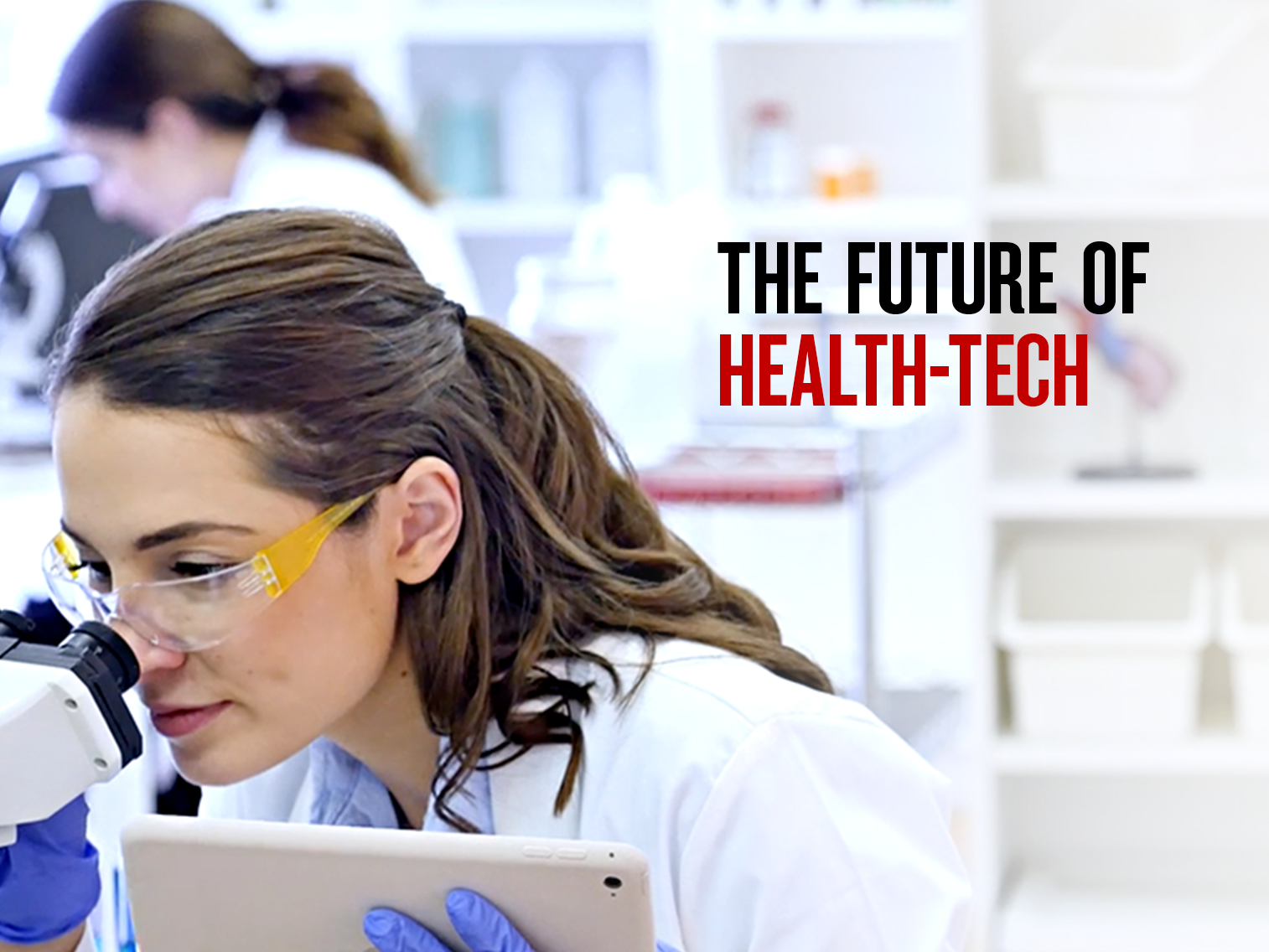Confidence continues to lift


Insight
Healthcare stands on the cusp of a technology-driven revolution. And Australia is already taking its first steps into this exciting new future.

The future of healthcare could already be here. Technologies such as personal medical devices, virtual care, robotics, 3D printing and artificial intelligence are already changing GP surgeries, hospital wards and operating theatres, and will continue to do so in revolutionary ways.
“There is huge potential for these and other existing and emerging technologies to transform healthcare and the patient experience,” says Luke Baxby, Deloitte Australia’s National Healthcare Leader.
“I think their development and implementation will be key to future benefits like improved diagnosis, more personalised and targeted treatments, and, generally, more affordable and higher-quality care.”
In the case of artificial intelligence (AI), scientists predict it will improve outcomes for people with conditions such as heart disease, skin cancer and glaucoma. Genomic medicine could lead to a single genetic test able to provide vital health information throughout life.
3D printing is another tech set for lift-off. Already used for the just-in-time creation of prosthetics, anatomical models and surgical instruments, it could eventually make the concept of organ donation obsolete.
So much for the cutting edge. While perhaps more prosaic, it’s the technology already enjoying its day in the sun that might have a greater initial impact on how healthcare is delivered.

In Australia, health has lagged behind industries such as finance, travel and retail in terms of digital transformation. It took COVID-19 to show just how fast things can progress when there’s a pressing need.
“As more patients were unable, or unwilling, to visit their GP, the use of telehealth soared from barely one per cent of consultations to over 30 per cent,” Baxby says
It seems that most users were satisfied with the experience. The 2021 NAB Australian Consumer Health Survey found that almost one in three respondents (31 per cent) said their overall experience was better during a telehealth consultation with a GP or specialist doctor compared to face to face, while over four in 10 (44 per cent) believed it was about the same.
Baxby describes the rise in use of telehealth as extraordinary, but ultimately not a high-tech response.
“Barely one per cent of those who had a telehealth appointment made a video call,” he says. “Everyone else used the phone, which means we’re really talking about a wider application of 1960s technology. However, we now have a platform for an increasingly sophisticated technology response in the future.”
According to Gil Carter, Principal of Voronoi, a consulting firm specialising in digital health, limitations in policy and funding made telehealth impractical before the changes triggered by the pandemic.
“There’s little point in creating a new treatment pathway that doesn’t have a sustainable funding source,” Carter says. “The government normally makes changes to policy settings very slowly and conservatively but, in this case, they had to respond very quickly. The inclusion of telehealth as a Medicare item in 2020 was a watershed moment in health policy for consumers across the whole country.”

Telehealth also supported mental health during the pandemic.
“Telehealth consultations included sessions with psychologists and psychiatrists, and technologies such as Zoom enabled people to stay in touch with friends and family, helping reduce the isolation many people experienced during extended lockdown,” Baxby says.
In the future, sessions with human therapists could be supplemented, even replaced, by an app.
“There’s evidence that some consumers find it easier to engage with technology than a human,” Baxby says. “There’s also evidence that digital therapy can be at least as effective as more conventional treatment.”

COVID-19 drove other major changes in virtual healthcare.
“When hospitals were filled with COVID-19 patients, there was an urgent need to care for sick people at home,” Baxby says. “This often involved remote monitoring devices that have been around for some time but not widely used.”
This remote monitoring has the potential to improve the lives of many thousands by keeping them out of in-patient settings.
“In the future, I expect to see safety devices and sensors used much more widely in the home to check for falls, physical movement and whether a patient is eating, drinking and taking their medication,” Carter says. “In place and correctly monitored, these will enable older people to age at home rather than being moved into aged care.”
He also expects to see hospital-style equipment being brought into the home.
“Renal patients needing dialysis three or four days a week, for example, could spend the time in comfortable surroundings rather than in hospital,” he says. “They would not have the stress of travelling to and from the hospital and, again, a care team would be able monitor them remotely. These models would also reduce costs.”

Post COVID-19 Baxby has seen the number of online courses offering clinicians education in the digital application of health soar.
“There’s been an absolute explosion in that kind of training,” he says. “This shows that practitioners understand that digital health is a different model requiring a different set of skills. The uptake also underlines just how committed they are to moving healthcare forward.”
As the pandemic recedes, Baxby suggests clinicians think about how and what their future practice might look like.
“Virtual care isn’t going to go away, so how will you integrate this into the way you book appointments, engage with your patients at home and provide a more convenient and higher-quality service? You might need new technology to support this – and there might be an opportunity to grow your business through virtual care and monitoring.”
© National Australia Bank Limited. ABN 12 004 044 937 AFSL and Australian Credit Licence 230686.